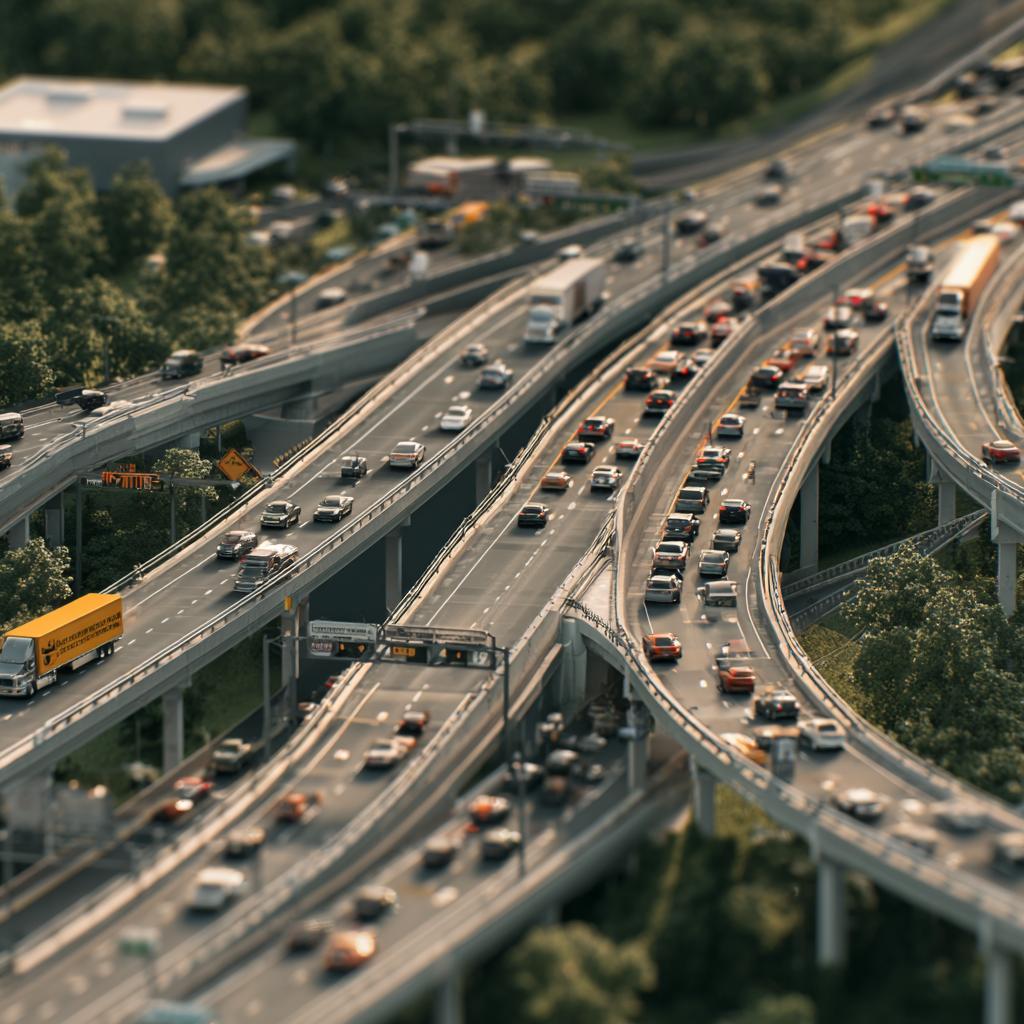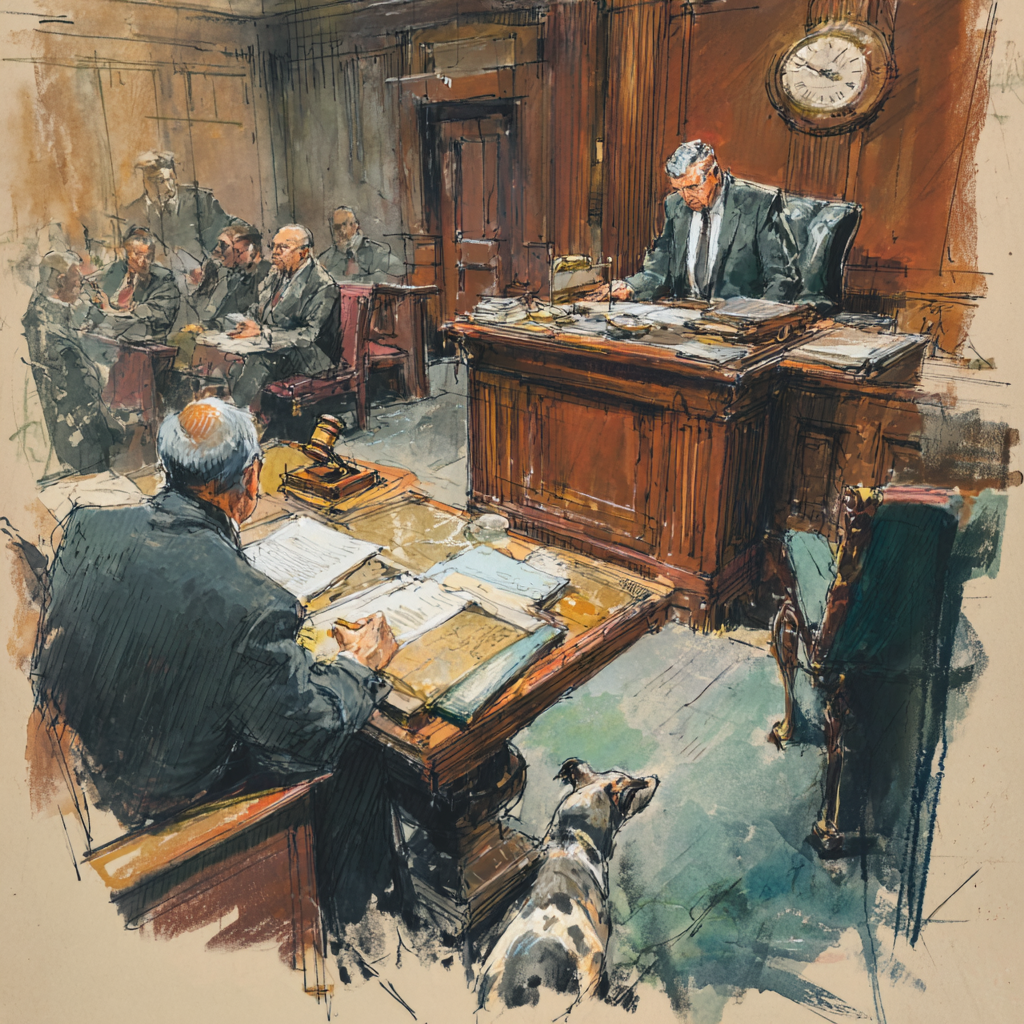
Drivers cruise along a scenic Long Island road and then slam on the brakes as traffic halts abruptly. This happens often on Route 25A and the Northern State Parkway, two of the area’s most dangerous stretches. New York State Department of Transportation data shows thousands of crashes each year on these roads. Route 25A accounts for a big share in Nassau County. Dense traffic, tough designs, and human errors turn everyday drives into real dangers.
This article dives into what makes these Long Island roads so perilous. It draws from Nassau County accident records and real-world insights. Readers will find practical safety tips, details on liability matters, and strategies to steer clear of problems or get legal help after a wreck. The piece starts with hard numbers, then looks at each road’s hazards, common causes, legal sides, and prevention steps. Take note; this could spare you from serious trouble.
Facts Reveal the Reality: Crash Data and Trends
Numbers tell the story plainly. Nassau County logs over 5,000 crashes on major roads in recent years. Route 25A makes up about 15% of that total, according to NYSDOT. Crashes climbed over the last decade, mainly due to expanding suburbs.
The Northern State Parkway paints a grimmer picture. This high-speed route sees around 1,200 incidents yearly. Higher speeds lead to more severe outcomes—fatalities here hit twice the state average for similar parkways. Pile-ups involving multiple vehicles mark it as different from other Long Island highways like the Southern State.
Risks spike during rush hours from 7 to 9 AM and 4 to 7 PM. Traffic swells then, and weather like winter ice or summer downpours amps up the threats. Rear-end crashes lead on Route 25A, while sideswipes top the list on the Northern State. These wrecks cost communities millions in medical bills, car fixes, and lost wages—about $50,000 per serious incident on average. The CDC provides detailed information about the costs of car crashes.
Local driving habits show how these stats disrupt actual lives. People face delays, injuries, and worse every day.
Route 25A: Specific Dangers and Threats
Route 25A winds through charming North Shore towns, but its beauty hides serious risks. Narrow lanes and thin shoulders leave little room for error, especially around curves or trees that block sightlines. Drivers struggle to react in time.
Different vehicles mix on the road and create chaos: delivery trucks roll alongside locals running errands and commuters rushing to work. Hot spots like intersections in Huntington or Roslyn see plenty of side-impact collisions. Turning vehicles smash into oncoming traffic.
Speed limits shift from 35 mph in villages to 50 mph on open stretches. These changes catch drivers off guard and fuel more crashes. Long Island’s shifting weather worsens things—fog from the Sound or slick leaves in fall turn surfaces treacherous. Construction zones narrow lanes further. Local reports say this boosts rear-end crash odds by 20%.
Some roads test drivers on purpose. Route 25A’s old layout, built decades ago, struggles with today’s traffic volumes. Upgrades lag behind the demands.
Northern State Parkway: Dangers Tied to High-Speed Travel
The Northern State Parkway prioritizes speed, and that often spells disaster. Limits hit 55 mph or more, so collisions pack a harder punch. Incidents here turn deadlier than on slower routes. The IIHS provides data about the relationship between speed and crashes.
Entry and exit ramps spark merging mistakes. Short sightlines and brief speed-up zones lead to sideswipes. Drivers switch lanes in thick traffic and trigger aggressive maneuvers or blind-spot oversights.
Bridges and overpasses add layers of peril—limited views and unusual designs hide dangers. The highway’s setup delays emergency crews, tacking on critical minutes to arrivals. Crowded exits and sharp turns set the Northern State apart as riskier than the Southern State or Long Island Expressway among Long Island’s problem spots. Speed amplifies every error.
Comparisons highlight the differences. Drivers on this parkway face faster flows and tighter margins. One wrong move cascades into major trouble.
Frequent Causes and Elements That Worsen Risks
Human choices top the list of issues: speeding, phone distractions, and road rage account for over half the crashes on both roads. Vehicle upkeep plays a role too—bald tires slip on wet asphalt.
The environment factors in heavily; dim light at dusk or road craters from winter wear heighten dangers. Faded signs and other outdated features compound problems. Heavy congestion turns minor lapses into chain reactions.
Long Island motorists often rush with impatience. Local habits contribute, but deadly results stay preventable. Tailgating thrives on packed parkways. Mistakes happen to everyone, yet alertness cuts them down.
Weather shifts demand extra care. Rain slicks surfaces, and fog blinds drivers. Infrastructure gaps, like missing barriers, let small incidents grow big. Awareness shifts the odds in your favor.
Legal Angles and Fault Issues on These Routes
Determining blame on these roads brings challenges. Cities often dodge lawsuits over design defects, but courts permit claims if officials ignored fixes—like overlooked Route 25A repairs.
Insurance settlements vary by location; Northern State Parkway wrecks might bring higher payouts from severe injuries tied to speed. This drags out talks. Drivers need solid evidence of carelessness, especially in multi-car pile-ups where fault bounces between parties.
Towns bear blame for neglected potholes. Work zones divide responsibility between crews and agencies. Footage from traffic cameras helps prove cases in Route 25A junction crashes.
Specialists handle tricky scenarios. The Law Office of Jason Tenenbaum, P.C. specializes in personal injury matters and deals with these elements often, like pinning fault in chained Northern State accidents. Legal pros gather witness statements and expert views to build strong arguments.
Vital Safety Advice and Ways to Avoid Trouble
On Route 25A, drivers match speeds to zones, keep distance from the car ahead, and scan intersections sharply. Patience pays off in tight spots.
The Northern State Parkway requires sharp merging skills: signal early, check mirrors, and pick lanes wisely. In foul weather, slow down, flip on headlights, and switch to roads like Jericho Turnpike during storms. The National Highway Traffic Safety Administration offers further safe driving tips.
Drivers inspect vehicles regularly for tires, brakes, and lights. Stock emergency kits for breakdowns. Apps like Waze deliver real-time alerts on hazards.
Post-crash, pull over safely, call 911, and note details like license plates and damage. Avoid rush hours to limit risks on these routes.
Caution transforms drives. Lives depend on smart choices. Small habits prevent big regrets.
Conclusion: Protecting Yourself on Long Island’s Risky Roads
Route 25A and the Northern State Parkway stand out as Long Island’s most hazardous for good reasons—stats reveal high crash rates from flawed layouts, intense traffic, and driver behaviors. Key takeaways cover spotting dangers, practicing defensive driving, and grasping legal processes.
Take action now: map routes smartly, check cars often, and stay alert. A collision demands fast lawyer contact to sort blame—going alone risks missteps.
Community pushes for awareness might lower Nassau County accident totals. Check NYSDOT’s site and local apps for fresh info.
For help with injury claims from Route 25A or Northern State Parkway crashes, reach The Law Office of Jason Tenenbaum, P.C. at 516-750-0595. Support stands ready for Long Island drivers.








